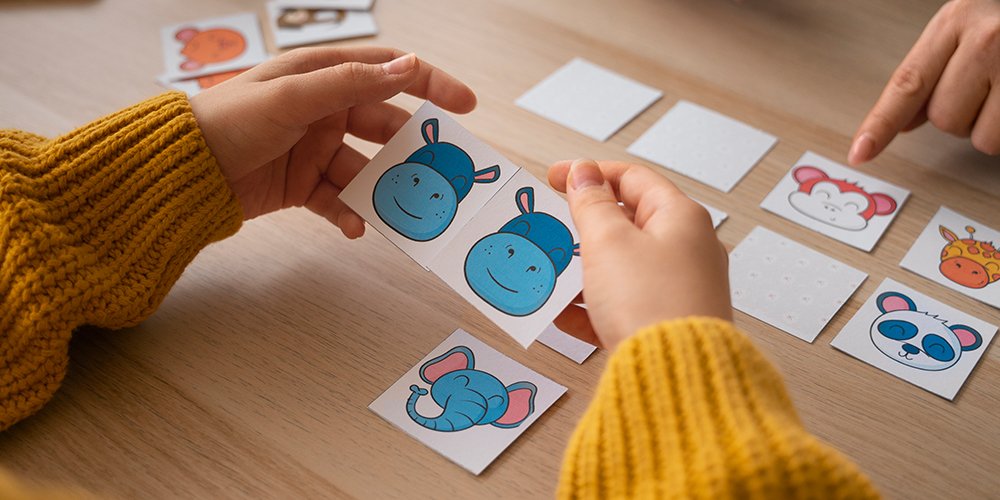
Phonics and Flash Cards: A Fun Way to Teach Kids to Read Leave a comment
Wondering how to teach your child to read at home? Start with what works—phonics and flash cards. When kids see letters and hear sounds, their brain begins making word connections naturally. That moment when a child reads “C-A-T” and smiles? That’s real learning.
Reading Isn’t Just “A for Apple”
How does reading start in young kids? It begins by breaking the code of letters and sounds. The shapes on a page turn into sounds. And sounds become words.
To help your child read, focus on:
- Phonemic Awareness – hearing individual sounds
- Phonics – matching letters to sounds
- Sight Words – recognizing common words without sounding them out
What Is Phonics and Why Is It Important?
Phonics means teaching reading through sounds. It’s how your child understands that “C-A-T” sounds like /k/ /a/ /t/ and becomes “cat”.
Using phonics helps your child:
- Read with understanding, not just memory
- Learn to spell naturally
- Recognize new words faster
- Feel confident while reading
Why Flash Cards Make Learning Fun and Easy
Want your child to recognize letters, sounds, and words quickly? Use flash cards. These simple tools turn learning into a game.
Flash Cards help with:
- Alphabet and phonics sounds
- Sight words like “the”, “is”, “and”
- Basic vocabulary building
- Rhymes and spelling patterns
Why Do Phonics + Flash Cards Work So Well Together?
It’s the perfect match. Kids see the letter, say the sound, and link it to meaning. This is called multi-sensory learning.
Example: Show the card “D”. The child says /d/. Flip the card—there’s a dog picture. Now the child understands that D is not just for Dog, but sounds like /d/ and links to a real word.
Fun Flash Card Games That Teach Without Pressure
- Treasure Hunt: Hide cards around the house, let the child find and name them
- Sound Matching: Say the sound, child picks the right card
- DIY Flash Cards: Let kids make their own set
- Flash Card Bingo: Call out a word, child finds it on a grid
What’s the Right Age to Start?
| Age | Activities | Goal |
|---|---|---|
| 2–3 years | Picture cards, sound exposure | First contact with language |
| 3–4 years | Alphabet and sound cards | Learning letter-sound link |
| 5–6 years | Word building, rhyming cards | Start reading simple words |
| 6+ years | Sight words, spelling games | Fluency and comprehension |
Tips for Parents Who Want to Build a Reading Habit
- Set aside 10–15 minutes daily for phonics games or flash cards
- Praise effort, not just results – say “Great try!” often
- Turn it into a fun challenge – “Which card can you say fastest?”
- Repeat with love – repetition builds memory
Top Recommended Phonics and Flash Card Sets
| Tool | Best For | Age Group |
|---|---|---|
| 🔊 LeapFrog Phonics Cards | Interactive sound play | 3–6 years |
| 🃏 Skillmatics Phonics Set | Reusable writing & reading | 4–7 years |
| 🖼️ Chalk and Chuckles Cards | Bilingual, picture-based | 3+ years |
| 📱 Osmo Reading Adventure | iPad learning + cards | 5+ years |
| 📦 BrighterBee Sight Word Set | Preschool sight reading | 3–6 years |
Final Thought: Reading Isn’t About Books, It’s About Belief
When kids enjoy reading, they grow in confidence. Don’t start with big words. Start with small wins.
Use phonics to teach sound and structure. Use flash cards to turn learning into play. And when your child reads a word like “cat” on their own—they are not just reading, they’re building self-trust. That’s where real learning begins.

